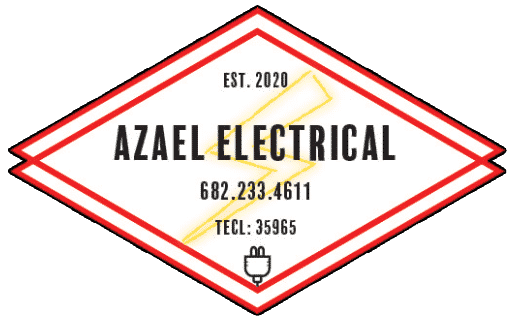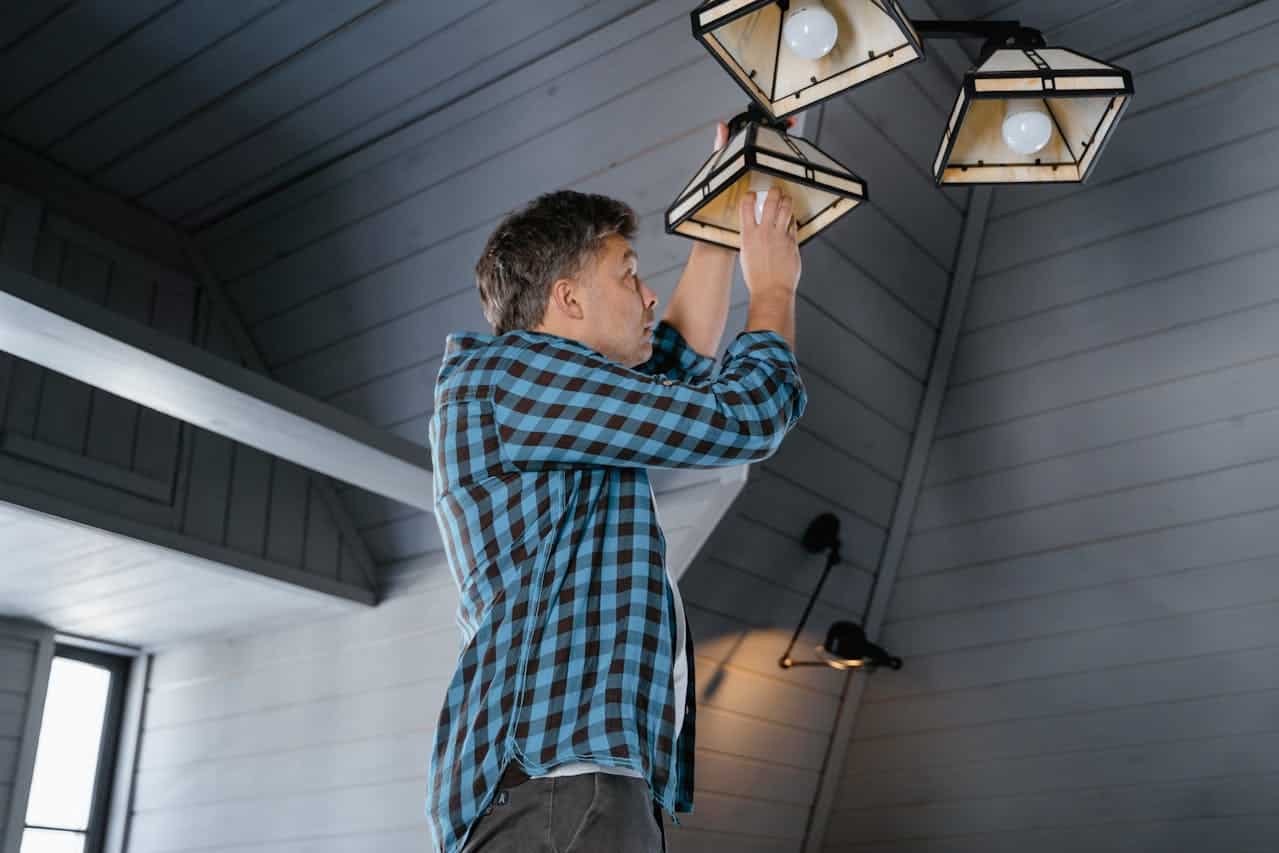Improving the electrical efficiency of your home not only reduces energy bills but also makes your home safer and more comfortable. Simple changes can make a big difference, and they don’t always require a large investment. By upgrading your home’s electrical systems and incorporating smart technologies, you can create a more energy-efficient environment.
That said, let’s explore some of the best ways to achieve a more energy-efficient home.
Upgrade to Energy-Efficient Lighting
Switching to energy-efficient lighting is one of the simplest yet most impactful changes you can make. Traditional incandescent bulbs consume a lot of energy and have a relatively short lifespan. By upgrading to modern lighting solutions like LEDs (Light Emitting Diodes) or CFLs (Compact Fluorescent Lamps), you can significantly reduce your energy consumption and save money on your electricity bill.
LED bulbs are particularly effective because they use up to 80% less energy than incandescent bulbs and can last up to 25 times longer. This means fewer replacements and less waste. They’re also available in various color temperatures, allowing you to customize the lighting in each room to suit your preferences. Whether you want warm lighting for the living room or bright, daylight-like lighting for the kitchen, LEDs can meet your needs.
CFLs are another great option, using about 70% less energy than traditional bulbs and lasting about 10 times longer. They provide a good balance between energy savings and initial costs. While they take a little longer to reach full brightness, they’re still a significant improvement over incandescent bulbs.
Consider replacing your old light fixtures with energy-efficient models as well. Look for fixtures that support LED or CFL bulbs and are designed to maximize light output while minimizing energy use. By making these changes, you’ll not only reduce your energy bills but also create a more sustainable and eco-friendly home.
Install Smart Home Devices
Integrating smart home devices into your living space is an excellent way to boost energy efficiency and enhance convenience. Smart devices like thermostats, lighting systems, and plugs allow you to monitor and control your energy use more effectively.
Smart thermostats are a great place to start. These devices learn your schedule and adjust the temperature accordingly, ensuring you’re comfortable when you’re home and saving energy when you’re not. For example, they can lower the heat when you’re sleeping or at work and turn it back up before you wake up or return home. Many smart thermostats can be controlled via smartphone apps, giving you the flexibility to adjust settings remotely.
Smart lighting systems offer another way to save energy. These systems allow you to control lights through an app or voice commands. You can create schedules to turn lights on or off at specific times, dim them for energy savings, or even set them to turn off automatically when no motion is detected. This level of control helps ensure that lights are only used when needed, reducing unnecessary energy consumption.
Smart plugs and power strips are also useful for managing energy use. These devices allow you to control individual outlets remotely, turning off appliances and electronics that aren’t in use. Some smart plugs even provide energy usage data, helping you identify which devices consume the most power.
By incorporating smart home devices, you can create a more efficient and responsive electrical system that adapts to your lifestyle and reduces wasted energy.
Regularly Maintain and Inspect Your Electrical System
Maintaining and inspecting your electrical system regularly is crucial for both safety and efficiency. Electrical components can wear out over time, leading to potential hazards like shorts or even fires. Regular maintenance helps catch these issues early, ensuring your system runs smoothly and efficiently.
Start with a visual inspection. Look for signs of wear and tear such as frayed wires, scorch marks on outlets, or flickering lights. These can indicate underlying issues that need professional attention. Don’t forget to regularly test your smoke detectors and carbon monoxide detectors to ensure they are functioning correctly.
Professional inspections should be done annually. A licensed electrician can perform a thorough checkup, examining everything from the circuit breaker panel to individual outlets and switches. They can also test the grounding system to ensure it meets current standards. During the inspection, they’ll identify any code violations or outdated wiring that needs to be replaced.
In addition to inspections, regular maintenance tasks include cleaning dust from vents and fans, tightening any loose connections, and replacing any faulty components. Timely upgrades to more efficient appliances and systems can also contribute to overall electrical efficiency.
By giving attention to these details, you can prevent small issues from becoming large, costly problems and keep your home’s electrical system running at peak performance.
Implement Home Automation for Energy Conservation
Home automation systems can significantly enhance your home’s energy conservation efforts. By automating everyday tasks, you minimize energy waste and optimize the use of your electrical devices.
One effective way to start is by using automated lighting controls. These systems allow lights to turn on and off based on occupancy, natural light levels, or preset schedules. For instance, motion sensors in hallways and bathrooms can turn lights on when someone enters and off when the area is unoccupied. This prevents lights from being left on accidentally and reduces energy consumption.
Smart thermostats, as mentioned earlier, can be integrated into a more extensive home automation system. These devices can work in tandem with other smart systems, such as window shades and ceiling fans, to maintain optimal temperature settings and improve energy efficiency automatically.
Another useful home automation tool is the smart power strip. These devices can cut power to electronics that are in standby mode, which typically still consume a significant amount of energy. By automating this power control, you reduce phantom loads and lower your electricity bills.
Automated irrigation systems also contribute to energy conservation. These systems adjust watering schedules based on weather conditions, soil moisture levels, and specific landscape needs, ensuring efficient water use and reducing the operational load on water pumps and related electrical equipment.
Home automation systems provide a seamless way to control various aspects of your home’s energy use, allowing you to conserve energy without having to manually manage each device.
Conclusion
Improving your home’s electrical efficiency not only saves money but also enhances comfort and safety. From upgrading to energy-efficient lighting and installing smart devices to maintaining your electrical system and implementing home automation, each step plays a crucial role in achieving a more efficient home.
Regular maintenance and professional inspections ensure that your electrical system remains in good working order. By identifying and addressing potential hazards early, you can prevent costly repairs and ensure the safety of your household. Implementing home automation takes your energy conservation efforts to the next level, offering convenience and significant savings over time.
Now is the perfect time to take action and make these improvements to your home. If you are looking for professional Arlington electrical contractors, contact Azael Electrical And Lighting Design LLC. Our experienced team is ready to help you make your home more energy-efficient and ensure your electrical system meets all safety standards. Contact us today to get started on your path to a more efficient and comfortable living space.

